Having fashion-forward children is often a waste of money. Spending hundreds, if not thousands of dollars, on top designer brands just to get more social media-worthy photos is a bad return on investment.
But buying sandals and shoes that
encourage the growth of your child's foot can make all the difference later on in adulthood. Take a look at this guide to choosing the perfect shoes for your child.
How to Choose Shoes
Keeping your child's feet healthy is about more than just buying shoes frequently. Learning the anatomy of children's shoes is the best way to understand how to choose the correct shoe.
Here are the parts of a child's shoe.
Toe Box
This is the area near the front of the shoe that fits around the child's toes. This area must provide adequate space for your child's foot to grow.
There should be wiggle room in the toe box area while still providing support. Shoes that are
too big cause the child's foot to move around excessively leading to blisters or callouses.
Insole
The added padding along the bottom of the shoe is its insole. Choose shoes with an insole that fights odors and bacteria.
Removable insoles are helpful when children get shoes wet because you can remove them to ensure everything dries out quickly. Damp shoes are a hotbed for bacteria and can lead to other health issues when not dried out completely.
Lining
The lining covers the interior of the shoe. Not every style of shoe, especially with discounted brands, reveals the makeup of a shoe's lining.
Buying shoes from brands that share their materials is important when finding the best shoes. Your child needs a lining that is breathable and comfortable.
Sole
One of the most important parts of the shoe for active children is the sole. High energy kids will get your money's worth jumping, running and wearing down the shoe's sole.
It's important to find shoes with soles that are flexible yet slip-resistant to prevent injuries. Make sure you have shoes for special activities that might put more wear on the soles like playing sports or hiking.
Buying sandals with soles that provide
comfort on hot sand, for example, can make a trip to the beach much more enjoyable.
Heel
A good quality heel provides shock absorption for the child's feet. The heels bear the entire weight of the body and the shoe should support this.
The heel is located at the back of the shoe where the sole is usually the thickest.
Heel Stabilizer
Near the back of a child's shoe, you'll find a heel stabilizer. This shape varies from shoe to shoe, but its most often identified by a curve behind the heel.
The heel stabilizer makes walking shoes easier by adding a more
pronounced curve in the shoe. Flat shoes with no curve are usually for sports with lots of movements from side to side like tennis.
Kids benefit most from shoes with a rounded heel stabilizer to support their feet while they walk.
Buying Sandals That Fit
There are specific traits to look for when buying closed-toed shoes. But when shopping for sandals, you don't have all the same shoe components to use as a guideline.
The most important thing to know when buying sandals for a child is whether or not the shoe is the correct length and width. Measure your child's foot at the end of the day when the foot is most likely to be swollen from constant activity.
Here's a quick overview of how to find your child's most recent shoe size.
Use a Wall
Using the wall as your guide, have your child stand with her heels up against the wall. Both feet should be firmly planted on the floor.
Draw a small line where the longest toe on each foot ends. You can use a piece of tape or mark directly on the floor to show the line.
Measure the distance from the line to the wall for each foot to get the child's size.
Trace the Foot
Children can place one foot on a sheet of paper so you can trace an outline of their feet. Start by placing a blank white sheet of paper on the floor and having your child stand with one foot on the paper.
Trace each foot using a pencil using the front and back of the page. Measure from the longest to the heel of each foot for the size.
Use a Shoe Chart
Online podiatry resources offer size charts you can use to get the most accurate size for your child's foot. Print out charts according to the age range or developmental stage of your child.
These charts are great for younger children whose feet are more likely to still fit on the sheet of paper.
Hand Me Downs
In large families, hand me downs is one of the best ways to save money on wardrobe costs for each child. Play clothes are usually not worth buying new especially when they'll the whole purpose is to get dirty.
But one
podiatry faux pas is second-hand shoes. Many parents don't realize that handing down shoes can spread athlete's foot and nail fungus.
Also, not every child's foot is the same. Shoes that fit one child might hamper the growth of another child's foot.
Growing Healthy Feet
Buying sandals and shoes that help your child's foot grow should be your top priority when shopping. Fashionable choices can make great pictures on special occasions, but safety and great foot health come first.
Developing feet go through many phases of development depending on the age of the child. Check shoes every few months to make sure your child still has a comfortable fit.
For more information on choosing great shoes,
check our blog for updates.

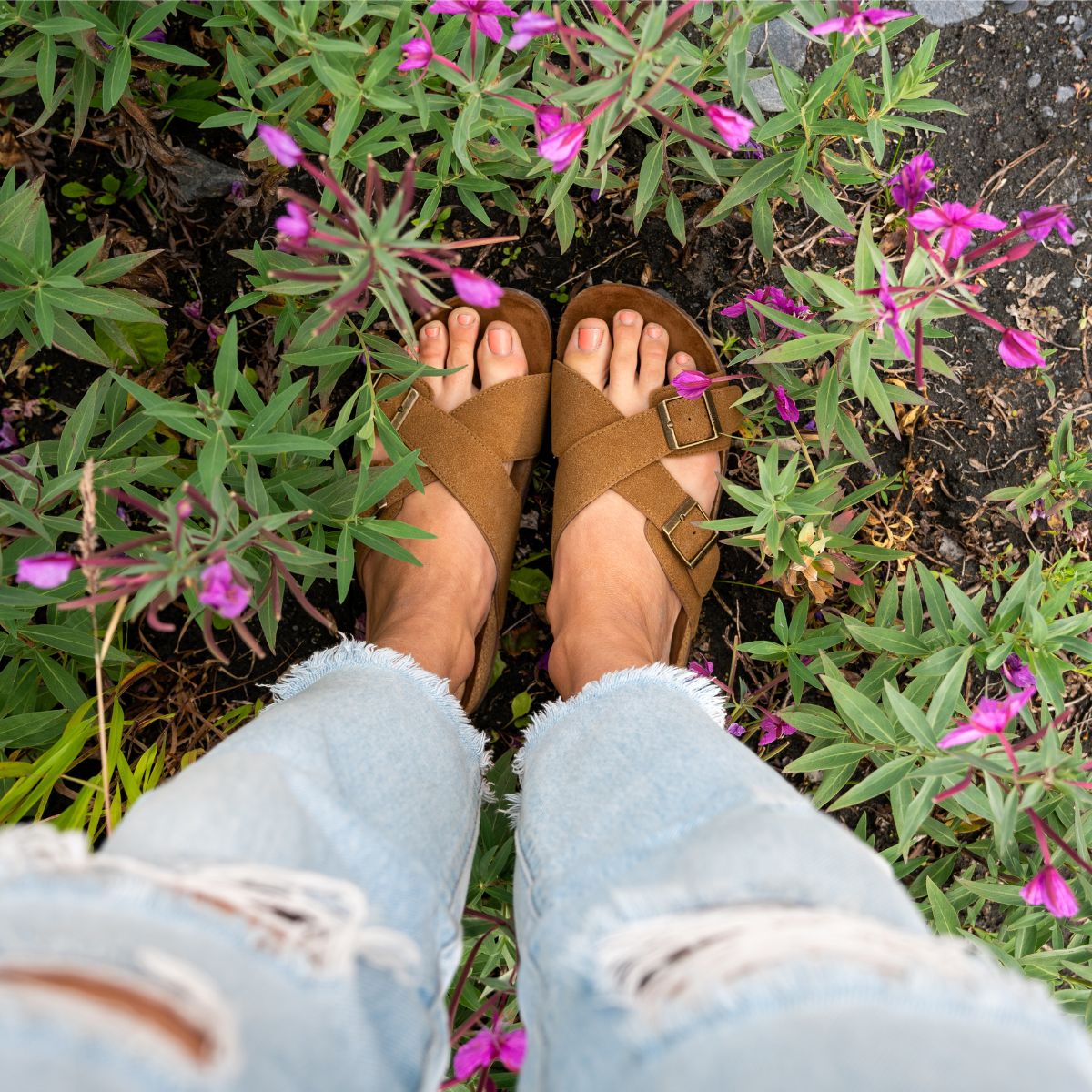
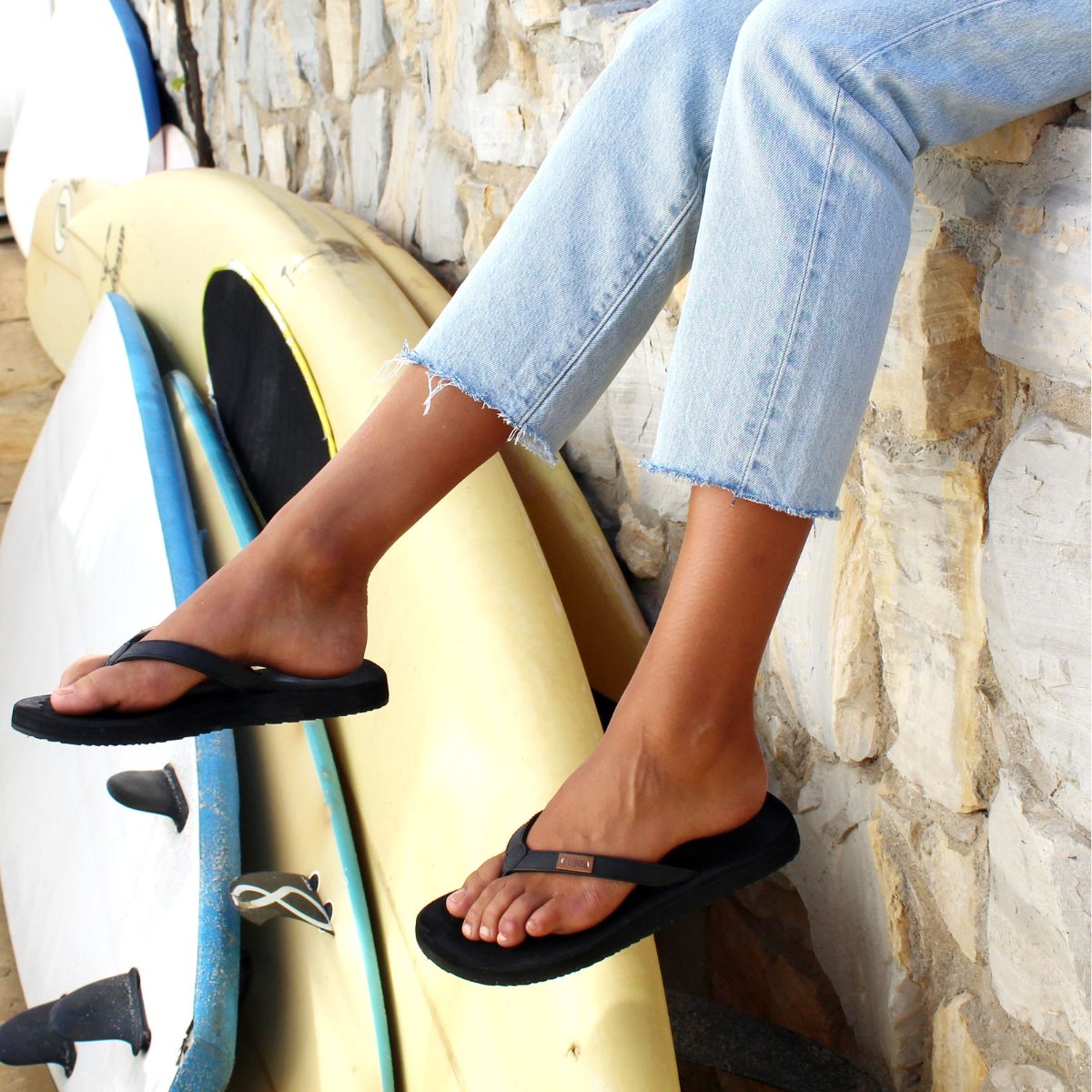
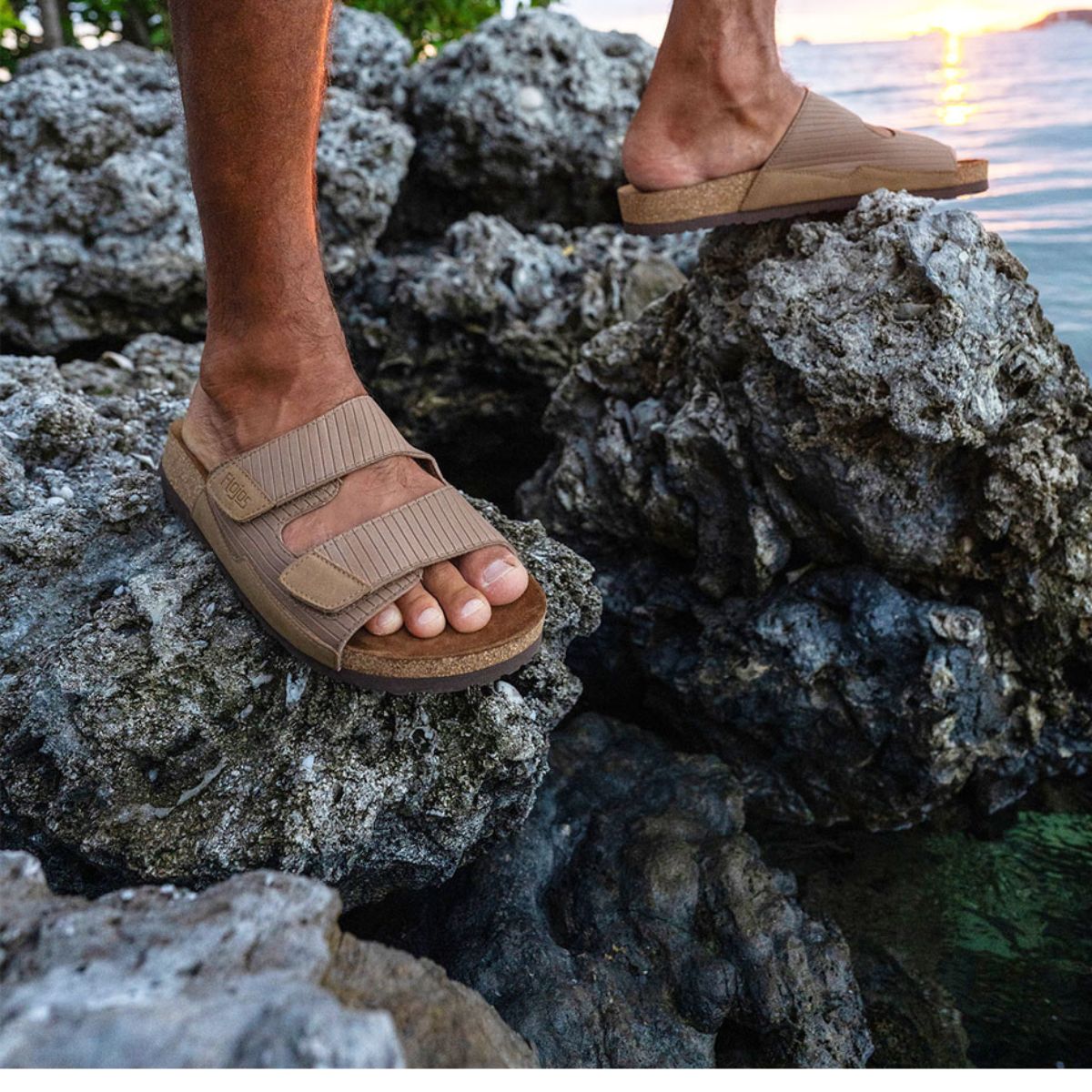
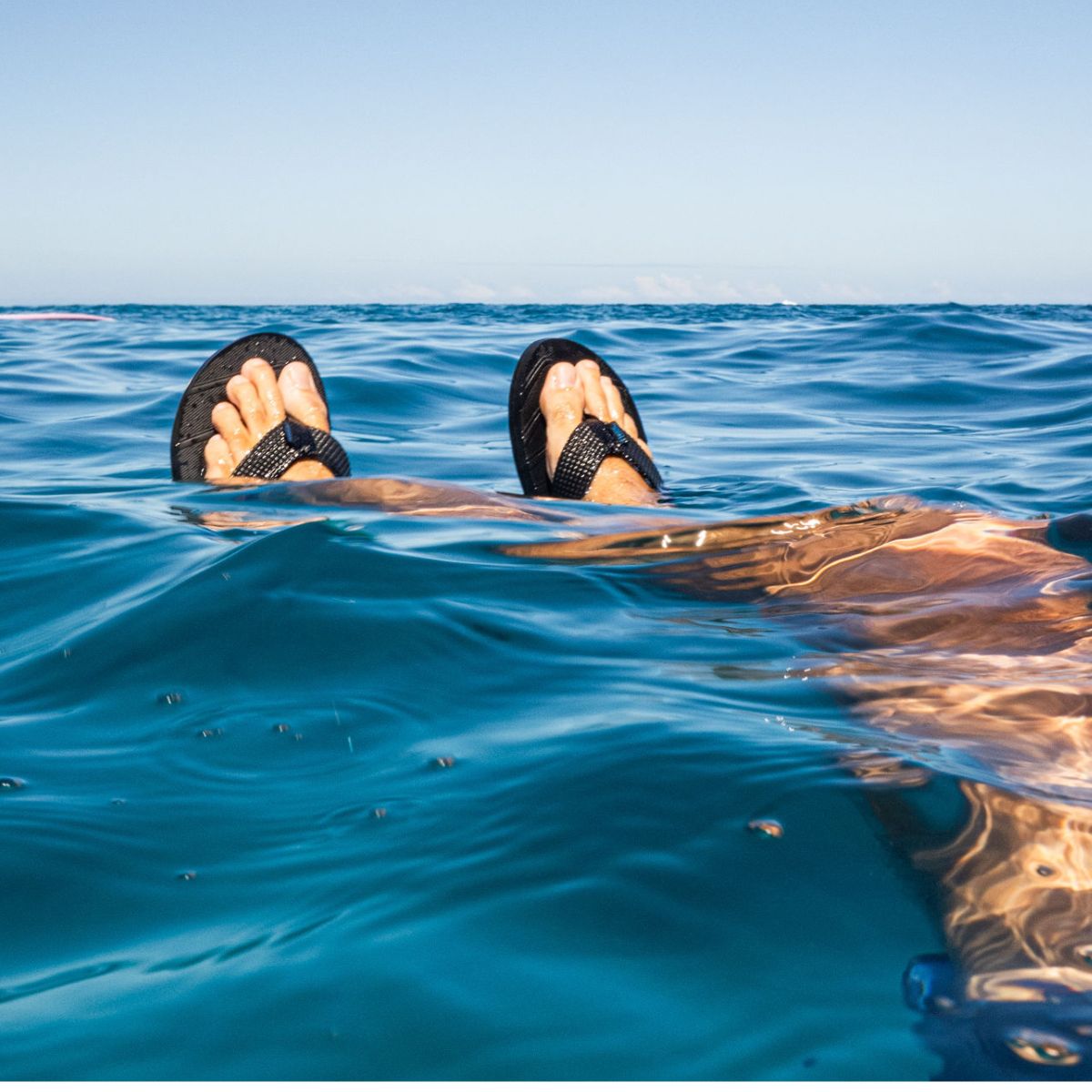
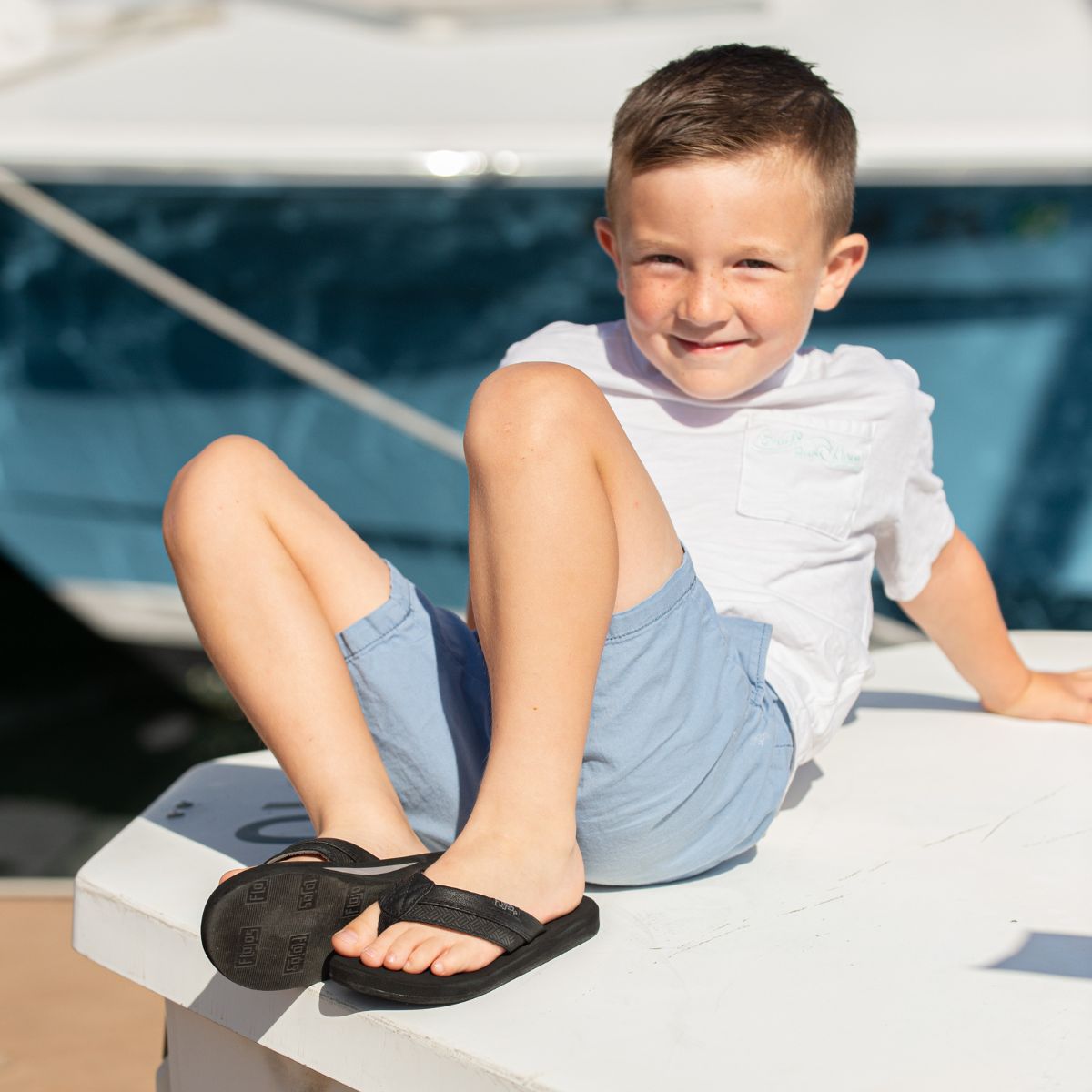



Leave a comment
This site is protected by hCaptcha and the hCaptcha Privacy Policy and Terms of Service apply.